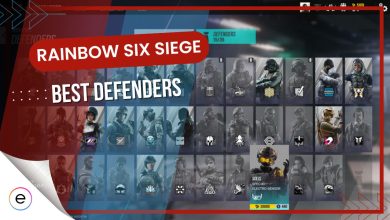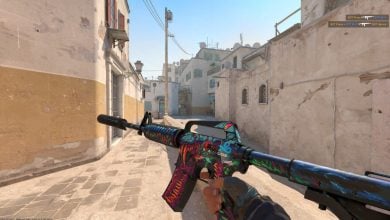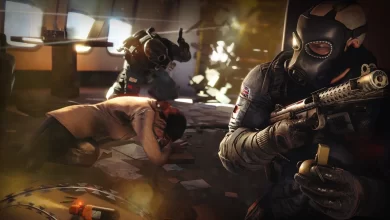Story Highlights
- Tactical shooters retain a solid market and player base, even after the battle royale invasion.
- Their mechanical approach, bundled with game sense requirements, makes the genre intricate.
- Community is key, and tac shooters’ emphasis on comms and teamwork strengthens that key.
The rise of battle royale games has been nothing short of a cultural explosion. Fast drops, frantic looting, last-player-standing showdowns, and everything in between is simply adrenaline in digital form. Titles like Fortnite, Apex Legends, and Warzone have dominated streaming platforms, reshaped esports, and even altered how developers design multiplayer experiences.
But while the genre continues to evolve, there’s a different kind of shooter quietly holding its ground: the tactical FPS. Games like Rainbow Six Siege favor stone-cold control over chaos. And in 2025, that contrast might just be their greatest strength.
Method Over Mayhem
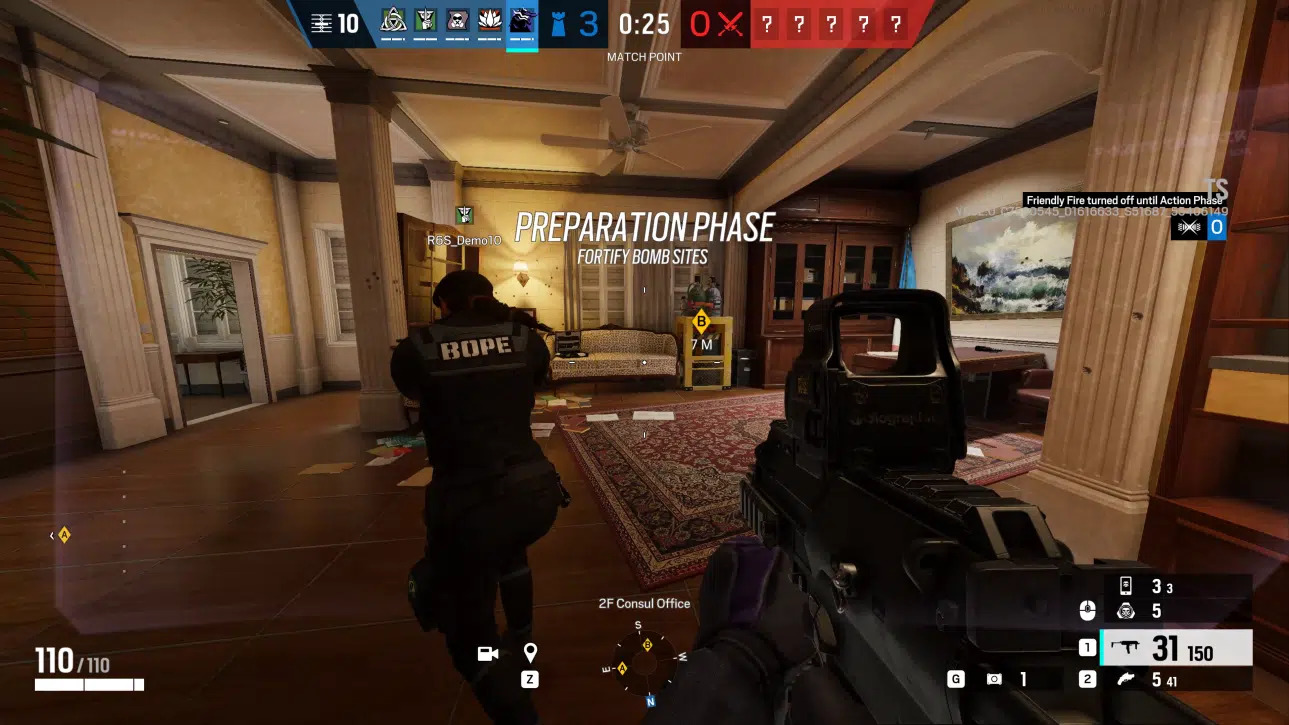
Tactical shooters have never been about flashy eliminations or massive kill counts. Instead, they reward players who plan two steps ahead, communicate with their squad, and adapt to their environment. They are games of angles, timing, and patience, which are elements often absent in the average 100-player free-for-all.
And for those who are deep into Siege’s layered ecosystem, progression matters. That’s where the economy of in-game customization plays a role. To stay competitive and expressive without breaking the bank, many players look for cheap R6 credits to unlock new operators, gear sets, and seasonal cosmetics. It’s not about winning with style, but it certainly helps to look good doing it.
What makes tactical shooters enduring in a saturated market is how tightly they’re designed. Every map in Rainbow Six Siege, for instance, is a puzzle waiting to be solved. Players memorize breach points, drone routes, and sound cues. No two rounds feel quite the same, and one well-placed gadget or perfectly timed peek can shift the entire outcome.
Contrast that with many battle royale titles, where the early match can feel like a loot lottery, and meaningful action only starts after the map shrinks. Tactical shooters keep the intensity localized, focused, and consistent.
A Game of Skill And Communication
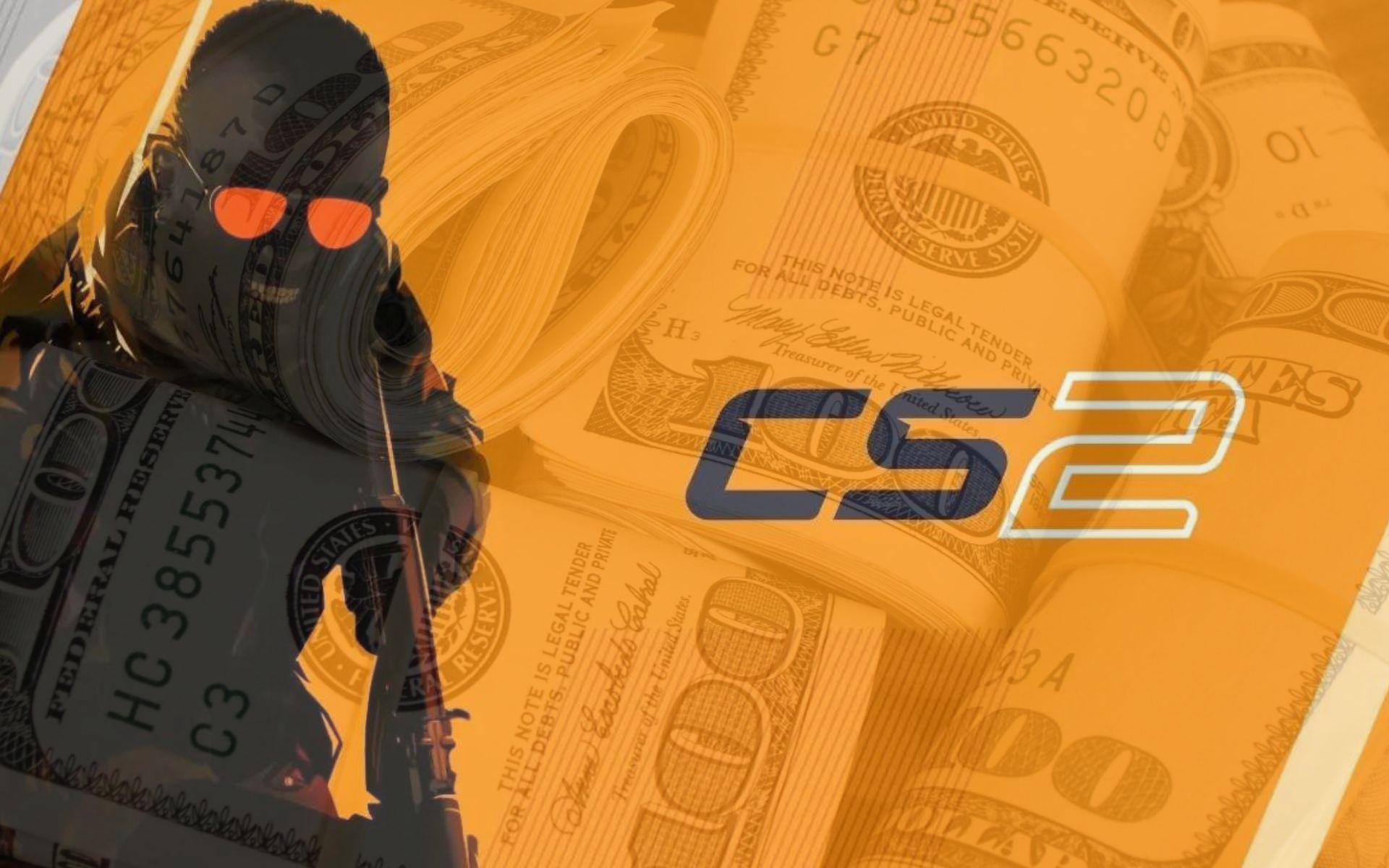
Tactical shooters also shine in fostering tight-knit teamwork. You can’t lone-wolf your way through a ranked match in Siege. Victory demands voice chat coordination, quick intel sharing, and tactical execution. This promotes community bonds and transforms matches into chess games with bullets.
It’s also a genre that tends to resist meta-obsession. Rather than everyone chasing the same “broken loadout,” players find their niche operators and evolve their playstyles over time, sometimes supported by affordable upgrades through credit top-ups rather than expensive bundles.
Who is your favorite operator and why?
byu/Ustraleia inRainbow6
Here’s the truth: not everyone wants chaos. Some players want clarity. Tactical FPS games cater to that craving with structured design, deliberate pace, and deeply strategic gameplay. In a sea of battle royales that reset every round, tactical shooters provide consistency and mastery.
They also encourage long-term engagement. Whether you’re climbing ranked, fine-tuning your callouts, or experimenting with operator synergies, there’s always something to learn. It’s a genre that respects your time and intelligence.
Final Words
If you’re someone who values precision over panic and strategy over spray-and-pray, tactical shooters are still very much worth your time. They might not dominate Twitch charts in the same way, but their communities are loyal, focused, and growing steadily.
And if you’re building your loadout or unlocking your next operator, it’s worth checking what digital marketplaces have to offer. From battle passes to credit top-ups, they make it easier to stay geared without overspending—just make sure you’re picking digital items, not physical gear.
Thanks! Do share your feedback with us. ⚡
How can we make this post better? Your help would be appreciated. ✍

